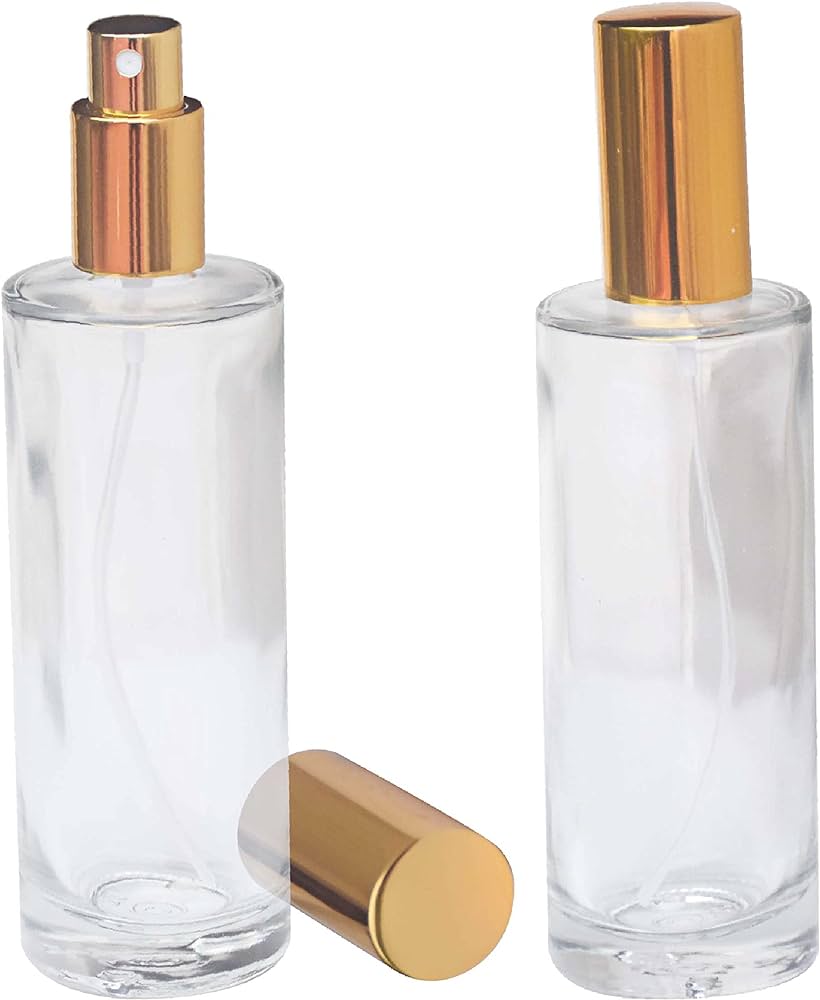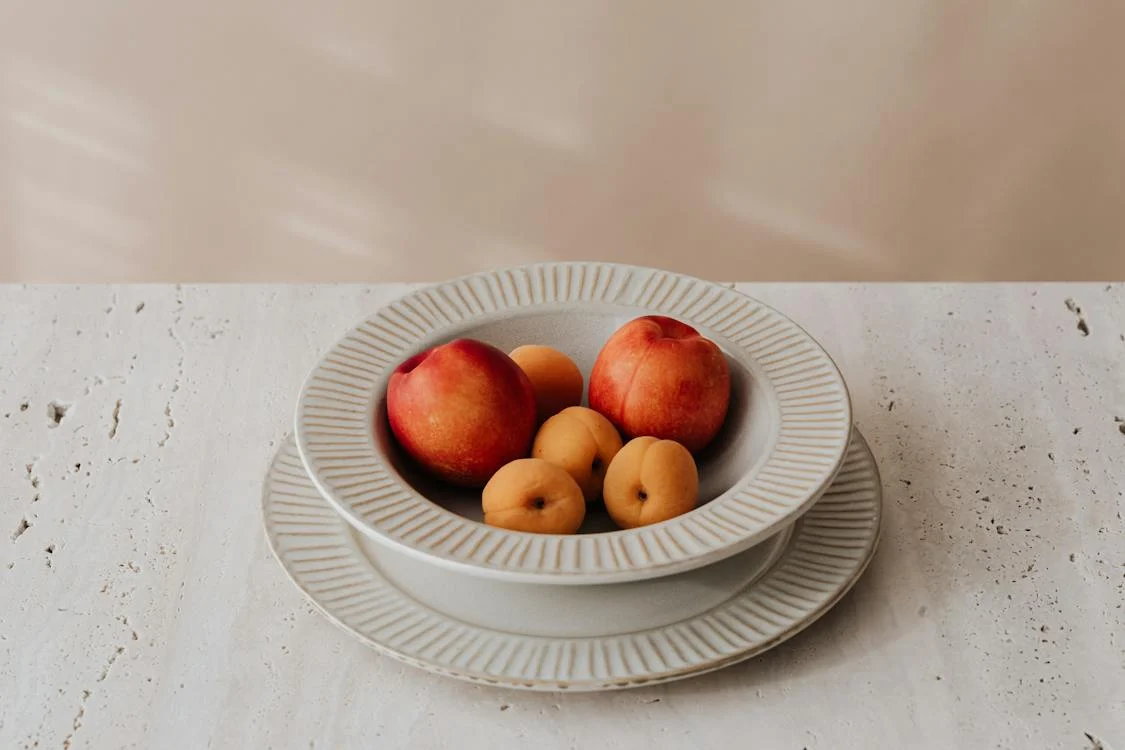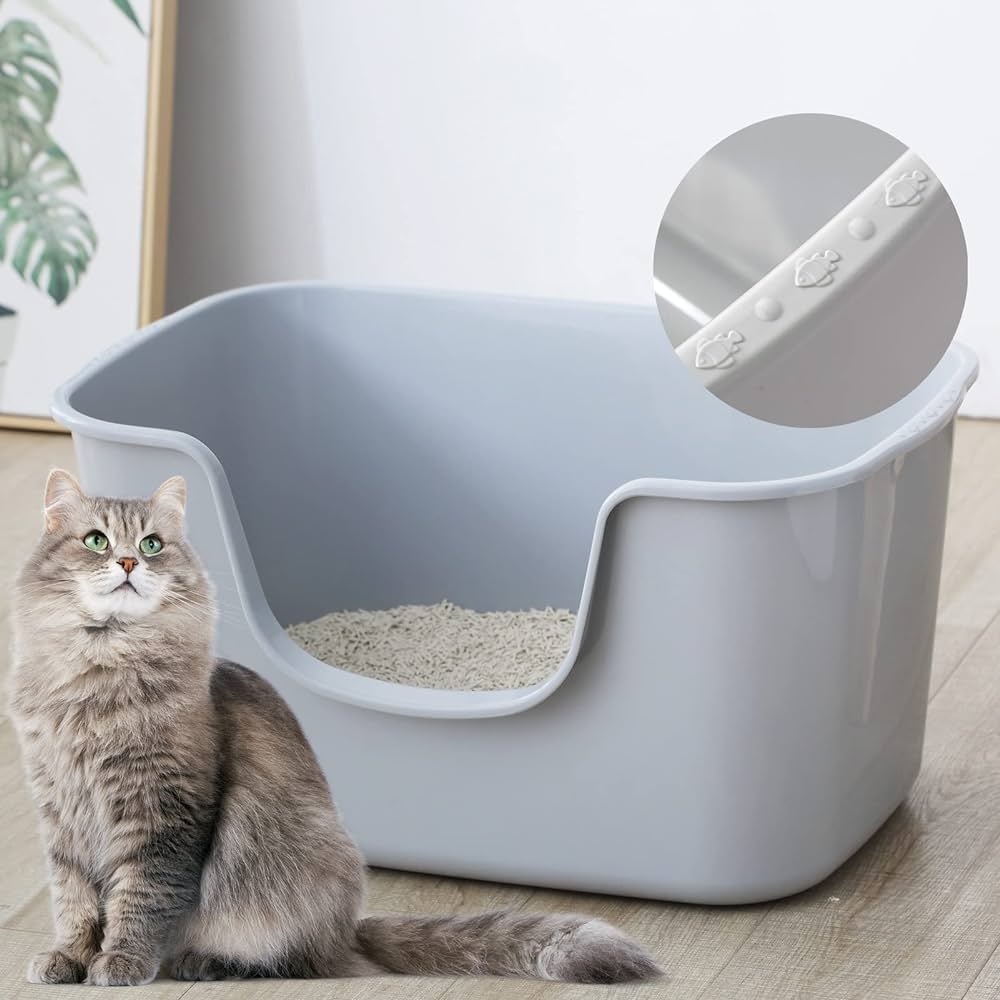
In the realm of pet care, cats have rightfully earned their reputation as independent and self-sufficient creatures. However, despite their apparent self-reliance, cats rely heavily on their human companions to provide them with a clean and healthy environment. A crucial aspect of this responsibility lies in maintaining a clean litter box, a task that often goes overlooked yet holds immense importance for feline well-being.
The Significance of a Clean Litter Box
A clean litter box is not merely a matter of convenience for cat owners; it’s an essential component of a cat’s overall health and happiness. Cats are naturally fastidious creatures, and a dirty litter box can lead to a multitude of unpleasant consequences.
-
Unpleasant Odors: A dirty litter box becomes a breeding ground for bacteria, resulting in strong and unpleasant odors that can permeate the home. These odors are not only unpleasant for humans but can also be irritating to cats’ sensitive noses.
-
Health Concerns: Unclean litter boxes can harbor harmful bacteria and parasites that can pose health risks to cats. Cats may contract infections through direct contact with contaminated litter or by ingesting it while grooming themselves.
-
Behavioral Issues: A dirty litter box can lead to behavioral problems in cats. Frustrated by the unsanitary conditions, cats may avoid using the litter box altogether and seek out alternative elimination spots, such as carpets or furniture.
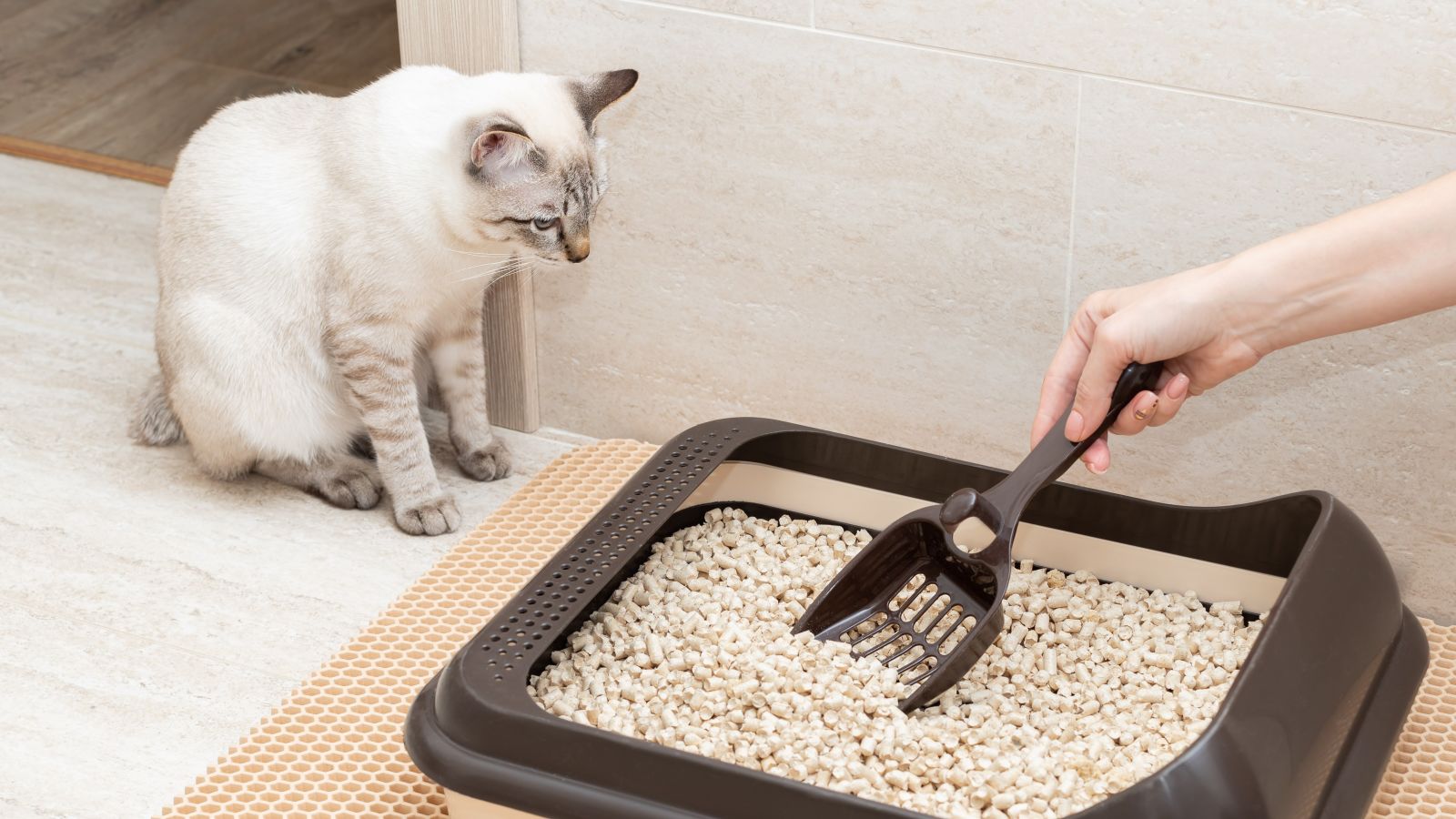
Understanding Litter Box Cleanliness
The frequency of litter box cleaning is not a one-size-fits-all equation. Several factors influence how often a litter box needs cleaning, including the number of cats in the household, the type of litter used, and individual cat habits.
-
Number of Cats: The more cats sharing a litter box, the more frequently it needs cleaning. As the number of cats increases, the amount of waste accumulates more quickly, making it essential to remove it promptly to prevent odor buildup and maintain a sanitary environment.
-
Litter Type: Clumping litter is generally considered more effective at trapping and isolating waste, making it possible to extend cleaning intervals compared to non-clumping litter. Non-clumping litter requires more frequent scooping to prevent waste from breaking down and contaminating the entire litter box.
-
Individual Cat Habits: Some cats are more prolific waste producers than others, necessitating more frequent cleaning. Additionally, cats with health issues or dietary changes may have altered litter box habits, requiring adjustments to the cleaning schedule.
Establishing a Litter Box Cleaning Schedule
While there are no strict rules etched in stone, general guidelines can help establish a baseline litter box cleaning schedule.
-
Daily Scooping: Make daily scooping a non-negotiable habit. Remove solid waste from the litter box each day to prevent odor buildup and maintain a clean environment. This simple act can significantly improve the overall litter box experience for both cats and humans.
-
Complete Litter Change: Schedule a complete litter change every 2-4 weeks, depending on the factors mentioned earlier. This involves emptying the litter box, washing it thoroughly, and adding fresh litter. A complete change helps eliminate lingering odors and refreshes the litter box.
Adapting to Individual Needs
The recommended cleaning schedule should be considered a starting point and adapted based on individual cat needs and preferences. Observe your cat’s litter box habits and adjust the cleaning frequency accordingly.
-
Monitor Litter Box Use: Keep an eye on how often your cat uses the litter box. If you notice an increase in waste production or a decrease in litter box usage, adjust the cleaning schedule to ensure the box remains clean and inviting.
-
Pay Attention to Odors: Use your sense of smell as a guide. If you detect unpleasant odors emanating from the litter box, it’s time for a scooping or a complete change.
-
Observe Cat Behavior: Watch for signs of discomfort or avoidance around the litter box. If your cat seems reluctant to use the box, it could be an indication that it needs cleaning.
Signs of a Need for Litter Box Cleaning
In addition to establishing a regular cleaning schedule, it’s essential to be aware of signs that indicate the need for immediate litter box attention.
-
Unpleasant Odors: A strong or lingering odor is a clear sign that the litter box needs cleaning. Regular scooping and complete changes can help prevent odor buildup and maintain a fresh-smelling environment.
-
Visible Waste: Excessive waste in the litter box is another telltale sign. Aim to scoop out waste promptly to prevent it from accumulating and becoming unpleasant. A clean litter box is more appealing to cats and reduces the risk of them seeking alternative elimination spots.
-
Cat Avoidance and Discomfort: If your cat seems hesitant or uncomfortable using the litter box, it’s crucial to investigate the reason. A dirty litter box can be a deterrent, leading to cats avoiding the designated area and eliminating in inappropriate places.

-
Additional Tips for Litter Box Maintenance
Beyond the cleaning schedule, several practices can enhance litter box hygiene and encourage your cat’s use of the designated area.
-
Choosing the Right Litter Box: Select a litter box that is large enough for your cat to comfortably turn around and eliminate. Avoid small boxes that can feel cramped and restrict movement. Additionally, consider the type of entry point – open boxes may be more appealing to some cats, while covered boxes offer more privacy for others.
-
Location, Location, Location: Place the litter box in a quiet, accessible location away from food and water bowls. Cats prefer to eliminate in a calm and private area, and having the litter box too close to their dining area can be off-putting.
-
Embrace Multiple Boxes: In households with multiple cats, providing multiple litter boxes is highly recommended. This can help reduce competition and provide enough options for each cat to find a clean and readily available spot to eliminate. Ideally, the number of litter boxes should equal the number of cats, plus one.
-
Regular Litter Box Washing: Thoroughly wash the litter box with mild soap and water at least once a month. This helps eliminate lingering odors and bacteria that can deter cats from using the box. Let the box dry completely before adding fresh litter.

The Importance of a Clean Litter Box: A Recap
Maintaining a clean litter box is not just a chore, it’s an act of love for your feline companion. By establishing a regular cleaning schedule, adapting to your cat’s needs, and implementing these additional tips, you can ensure a clean and healthy environment that promotes cat well-being.
-
Improved Cat Health: A clean litter box reduces the risk of infections and promotes overall feline health.
-
Reduced Litter Box Avoidance: By keeping the box clean and inviting, you encourage cats to use it as intended, minimizing the frustration and potential damage caused by inappropriate elimination.
-
A More Pleasant Home Environment: Regular cleaning helps prevent unpleasant odors from permeating your home, creating a fresher and more enjoyable living space for both humans and cats.
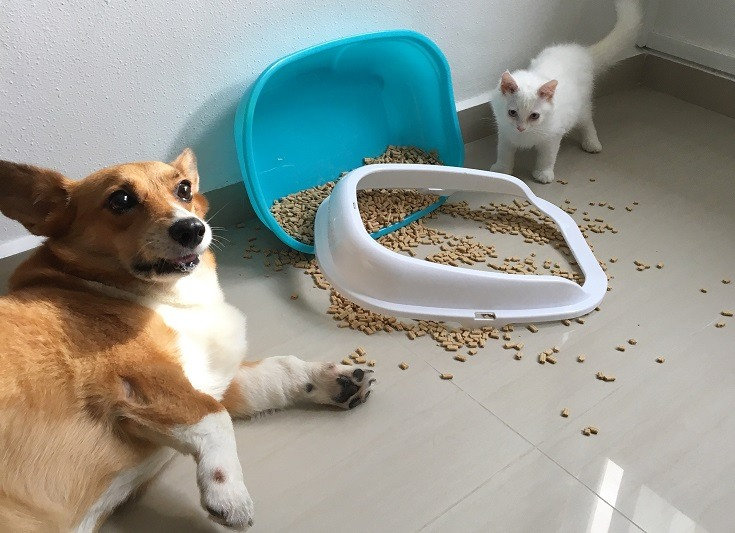
Consulting with a Veterinarian
If you have any concerns about your cat’s litter box habits or suspect health issues related to litter box hygiene, don’t hesitate to consult your veterinarian. They can offer personalized advice on cleaning routines, litter type selection, and managing any underlying medical conditions that might affect your cat’s behavior.
By prioritizing a clean litter box and fostering a positive association with it, you can contribute to a harmonious relationship with your cat and ensure they feel comfortable and content in their environment. Remember, a little effort goes a long way in keeping your feline friend happy and healthy.
-

